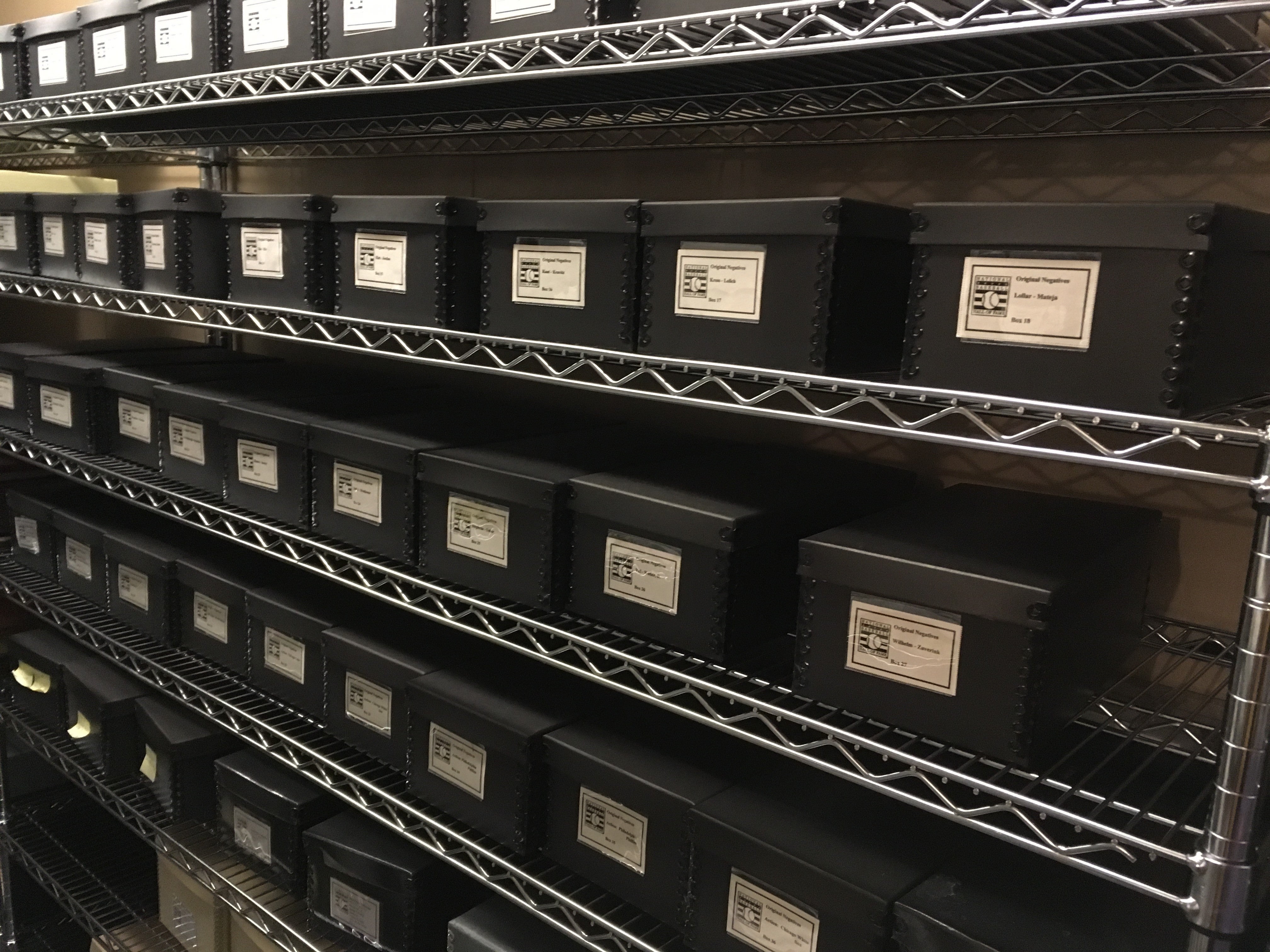- Home
- Our Stories
- A Hockey Hero and the AAGPBL
A Hockey Hero and the AAGPBL
Of the four men signed in 1943 to manage teams in the fledgling All-American Girls Softball League, three had playing and/or managing experience in professional baseball.
The fourth came from professional ice hockey.
For fans accustomed to seeing Johnny Gottselig buzzing around the ice on a pair of skates, hockey stick in hand, to see him in a baseball uniform was puzzling.
In eight seasons between 1943 through 1952, Gottselig would pilot four clubs in what became known as the All-American Girls Professional Baseball League.
Born near Odessa, Russia – though often mistakenly considered to be Canadian-born – Gottselig was an amateur baseball player in his youth but far better known for his puck prowess. In 16 National Hockey League seasons with the Chicago Black Hawks, Gottselig appeared in 589 regular season games, served as team captain, was an All-Star, and won two Stanley Cup championships.
What many do not realize is that Gottselig was well known in Canadian softball circles, particularly in Saskatchewan. He managed a girls’ softball team, the Regina (Sask.) Royals, in a national tournament held in 1939 in Chicago. His knowledge of softball players on the Canadian prairies, perhaps combined with his playing in Chicago, led Philip K. Wrigley to choose him as a scout and manager during the formative years of the AAGPBL.
Former NHL All-Star Johnny Gottselig, who had no previous professional baseball experience, spent time managing four different AAGPBL clubs. After winning the 1943 championship with Racine, he had limited success thereafter. Here he is with his 1950 Kenosha Comets team. BL-586.2013.10 (National Baseball Hall of Fame Library)
In mid-April 1943, Gottselig signed with the league to be a manager, and on May 25, 1943, he was tapped to pilot the Racine Belles in the All-American Girls Softball League’s inaugural season.
The Racine Journal-Times lauded the selection of Gottselig, who had achieved some level of renown in the area.
“He has many personal acquaintances in Racine. Known by those with whom he is associated as ‘a swell guy’ and a great athlete, Johnny should be very popular in Racine,” the newspaper stated.
Gottselig’s popularity grew quickly with his players. League president Ken Sells, talking about the players’ enthusiasm for their managers, said “the girls going to Racine, Wis., are just as crazy about their manager.”
The women of the Racine Belles were quick to respond to their manager. The 1943 Belles captured the first-half title, and Racine swept Kenosha three-games-to-none to win the league’s first championship. Among the stars for the Belles were pitcher Mary Nesbitt, slugging outfielder Eleanor Dapkus and speedster Sophie Kurys.
Gottselig rejoined the Black Hawks for 1943’s training camp and played the full season for Chicago, which included a berth in the Stanley Cup Finals. Following a four-game sweep at the hands of the Montreal Canadiens, Gottselig returned for a second season in Racine. But the 1944 campaign was not as successful as the previous year and he did not come back in 1945.
Though his first Belles team was reportedly fond of Gottselig, later players did not share the same feelings.
Lillian Faralla told author Jim Sargent in an interview for his book, We Were the All-American Girls: Interviews with Players of the AAGPBL, 1943-1954, her experiences with Gottselig were less than ideal.
“You play for a manager, you know, but you don’t have to like them. I didn’t like Johnny Gottselig either. I thought he was an animal!” Faralla said, laughing. “Then I found out Johnny Gottselig was a hockey player, and I realized why he was such an animal. He didn’t know how to treat women.”
Mary Lou (Studnicka) Caden remembered that Gottselig took a hands-off approach during his brief tenure in Grand Rapids.
“Gottselig would show up at the ballpark and be in uniform, and all that, but he’d be talking to the owners or somebody. (Teammate Alma Ziegler) would be running the club,” Caden recalled in an interview with Sargent for We Were the All-American Girls. “He would coach at third base during the game, but he wasn’t too much of a manager.”
In Sargent’s book, Kurys said during her interview that “Gottselig was a hockey player, and he didn’t know that much about softball. He didn’t know that much about talent either. … The girls (in Peoria) got pretty angry with him. They didn’t care for his tactics or his knowledge.”
Gottselig would have managerial stints in Peoria (1946-1947), Kenosha (1949-1951), and Grand Rapids (1952). He also served as a scout for the AAGPBL, seeking the best Canadian prospects.
In addition to his managerial duties in the AAGPBL, Gottselig took on the Blackhawks’ head coaching job early in the 1944-1945 NHL season. He remained head coach nearly halfway through the 1947-1948 campaign and went into the team’s public relations department for many years following his coaching tenure.
Gottselig left sports and worked for a stone company in his later years. Still working full-time at the age of 80, he passed away at his desk in 1986.
According to his profile in the Peoria Redwings’ 1947 yearbook, “Pancho” Gottselig was “blessed with the rare ability to understand and handle women athletes.” Some of his former players were not as generous in their critiques when interviewed long after their playing days. BL-5437.97 (National Baseball Hall of Fame Library)
Matt Rothenberg is the manager of the Giamatti Research Center at the National Baseball Hall of Fame and Museum










